This is considered a concrete step to fully institutionalize the viewpoints, goals and solutions of the National Assembly , while clearly defining responsibilities and implementation deadlines to ensure progress, quality, efficiency, publicity and transparency in the implementation process.
The Lao Cai- Hanoi -Hai Phong railway will be the corridor with the second largest demand for passenger and cargo transport in the country.
The Lao Cai – Hanoi – Hai Phong railway project is large-scale, uses modern technology, integrates many specialties and is being implemented in the context of the Vietnamese railway industry lacking and weak in technical human resources. The first electrified railway project in Vietnam and is allowed by the National Assembly to apply many specific and special mechanisms and policies.
The Government assigned ministries, branches and localities to urgently carry out three major groups of tasks to ensure the project starts construction in December 2025.
Firstly, develop and promulgate legal documents. Specific policies of the project are applied similarly to the North-South high-speed railway project. In particular, the policy on overall technical design will be integrated into the decree issued by the Ministry of Construction.
Second, implement the Project according to specific progress. The Ministry of Construction acts as the managing agency, coordinating with ministries, branches and localities to develop and submit the project to the Prime Minister for approval, and at the same time carry out authorization procedures for rapid implementation. Key tasks include: Completing the procedures for approving the technical support project, selecting a survey contractor, and preparing a feasibility study report in May 2025; Appointing a joint venture of consultants for survey and overall technical design in May 2025; Starting the survey, preparing and approving the design from June 2025, completing a number of bidding packages in September 2025; Negotiating and signing the Agreement on building a joint bridge at the Vietnam-China border in July 2025; The State Appraisal Council submits the feasibility study report to the Prime Minister for approval in August 2025; Organize contractor selection and start construction in December 2025.
Localities will proactively invest, clear the land, arrange resettlement, advance budget capital and relocate affected technical infrastructure. Compensation, support, resettlement and relocation of power projects will be carried out from April 2025 to September 2026. The project is expected to be completed by 2030 at the latest.
Third, implementing transport-oriented urban development (TOD) at railway stations. Localities are assigned to review and adjust zoning and detailed plans in the vicinity of stations to implement land exploitation projects according to the TOD model. Local capital will be allocated for compensation, resettlement and land auctions for urban development.
The project has a total length of more than 403km, passing through 9 provinces and cities: Lao Cai, Yen Bai, Phu Tho, Vinh Phuc, Hanoi, Bac Ninh, Hung Yen, Hai Duong and Hai Phong. The starting point is at the new Lao Cai station (connecting with Ha Khau Bac station, China), the ending point is at Lach Huyen wharf area (Hai Phong). The total preliminary investment is about 194,929 billion VND, equivalent to more than 8 billion USD.
Source: https://baophapluat.vn/du-an-hon-8-ty-usd-xay-dung-tuyen-duong-sat-lao-cai-ha-noi-hai-phong-se-khoi-cong-thang-122025-post548367.html



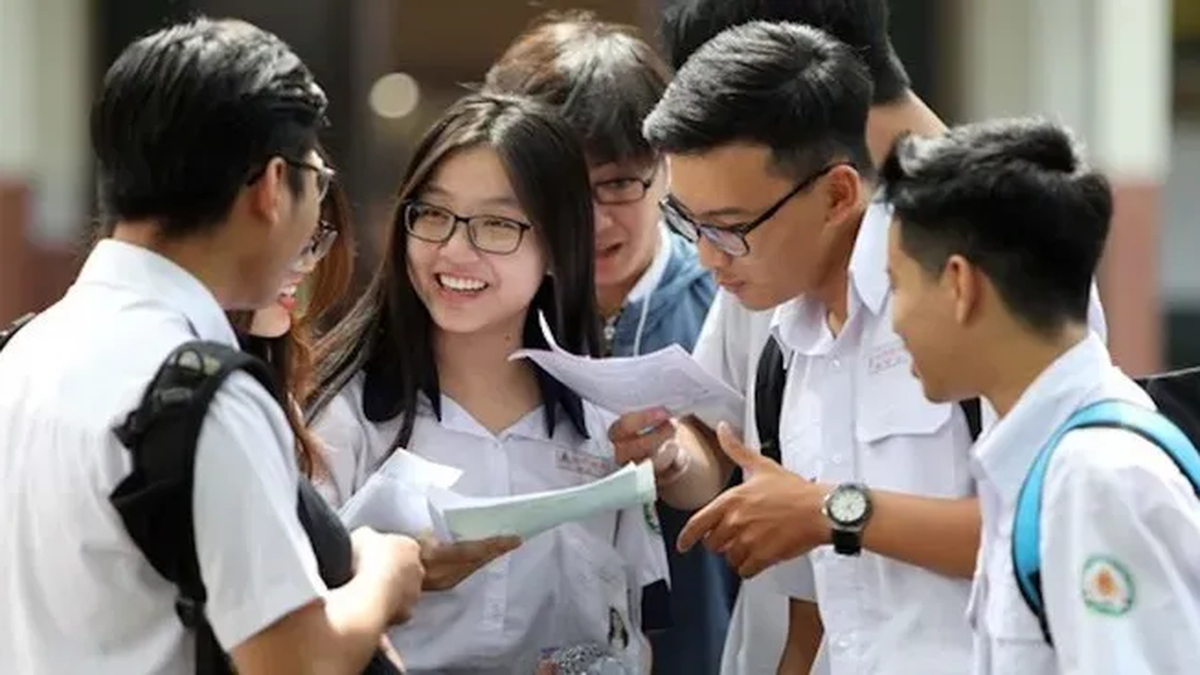

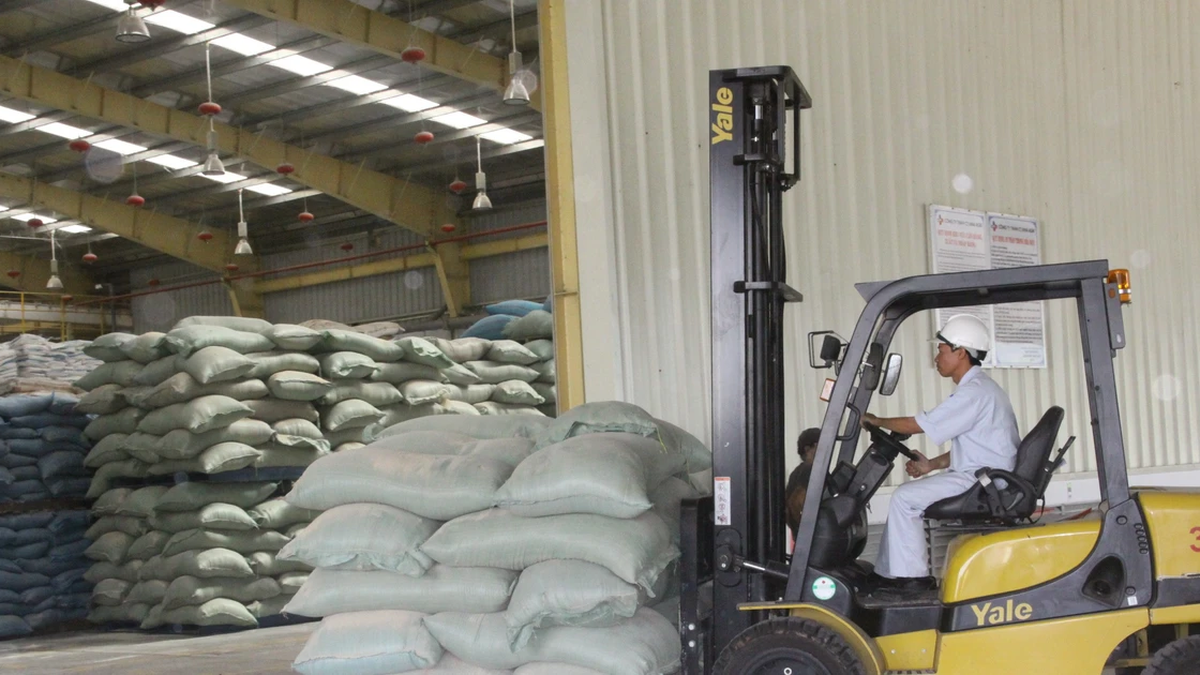





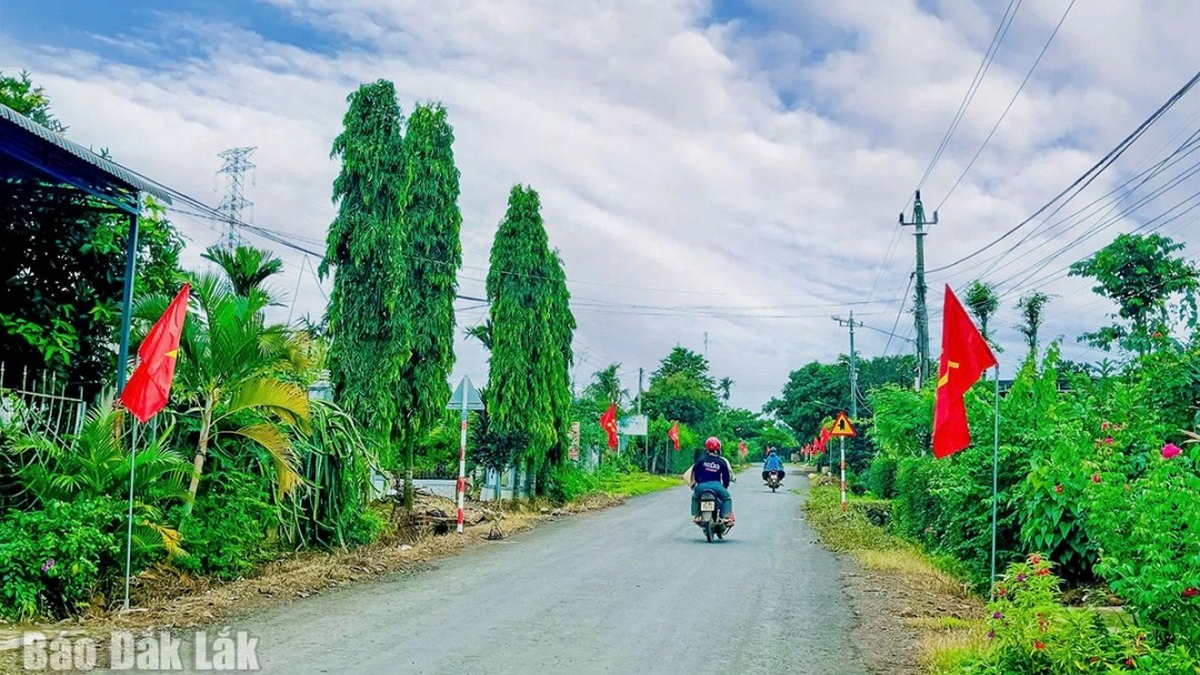


















![[Photo] National Assembly Chairman attends the seminar "Building and operating an international financial center and recommendations for Vietnam"](https://vphoto.vietnam.vn/thumb/1200x675/vietnam/resource/IMAGE/2025/7/28/76393436936e457db31ec84433289f72)












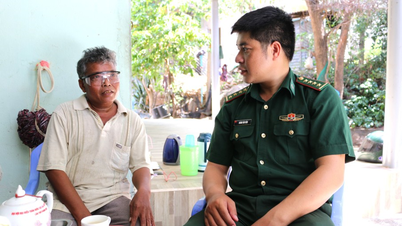


















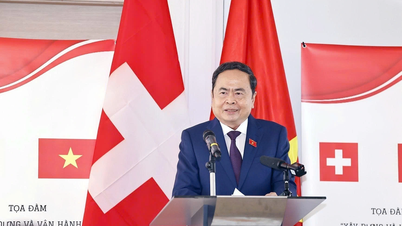






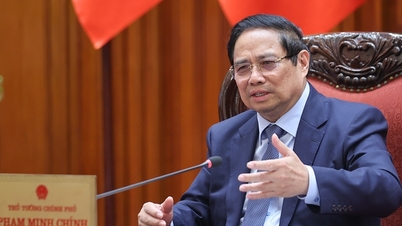



























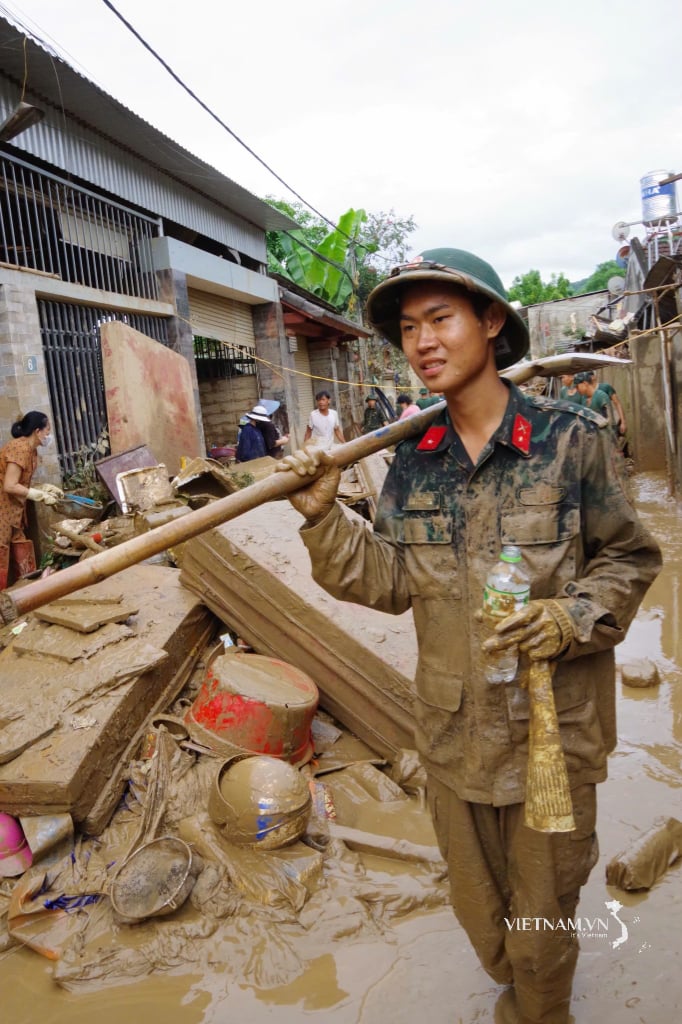


Comment (0)